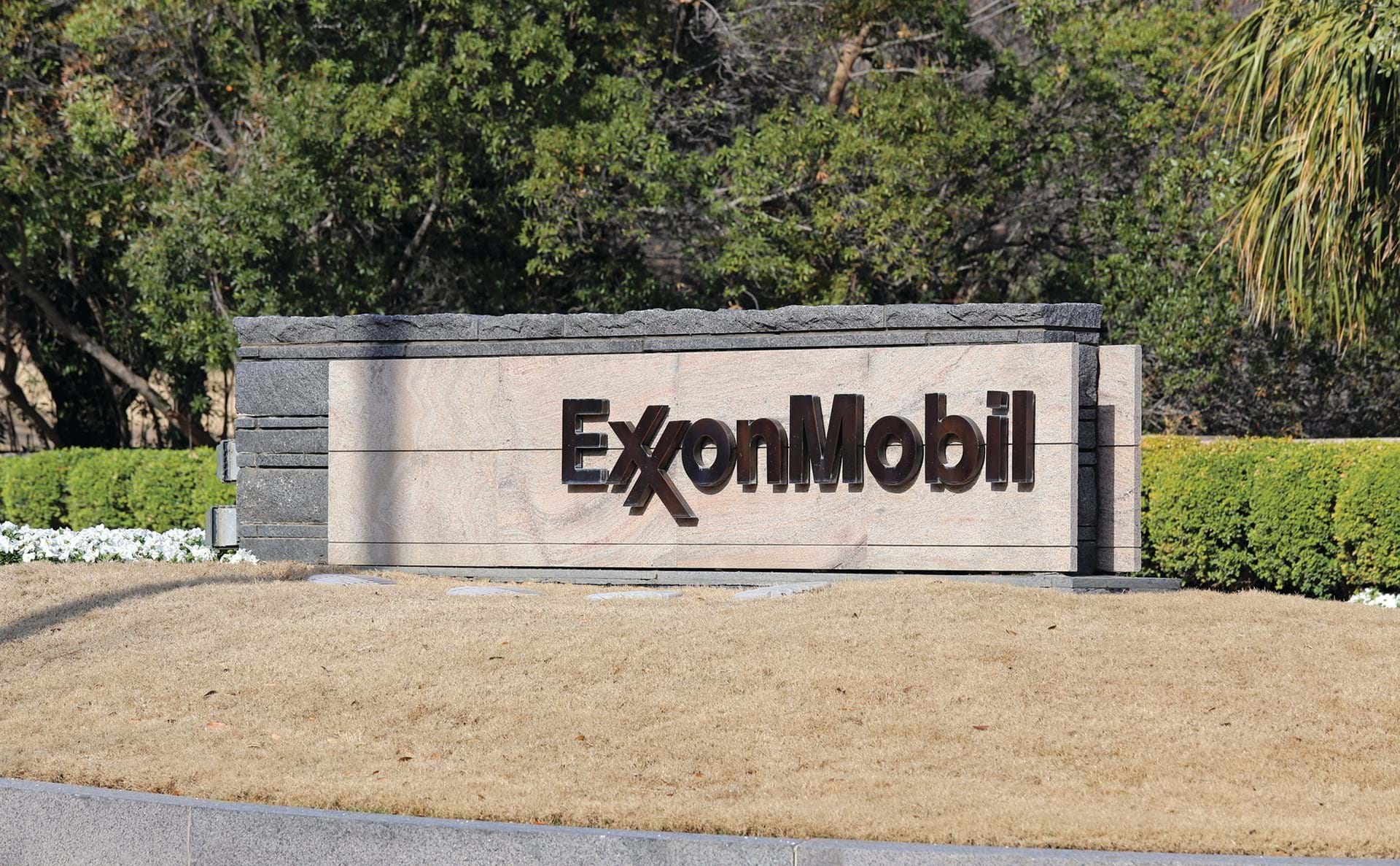ExxonMobil releases model methane emissions regulatory framework

EXXONMOBIL has released an industry-wide model regulatory framework for methane, and urged stakeholders, policymakers, and governments to develop comprehensive, enhanced rules to reduce methane emissions throughout production.
The framework is based on a voluntary methane emissions reduction programme established by Exxon subsidiary XTO Energy, which ensures compliance to applicable regulations and goes beyond regulatory requirements. It involves prioritised replacement of components with high leak potential at production sites, technology enhancements to infrastructure, and substantial data gathering and research.
The newly proposed regulations are more comprehensive than current federal rules and would apply to new and existing sources.
According to Exxon, regulations should address and include four primary requirements to achieve meaningful reductions in methane emissions. Exxon’s framework includes these requirements and discusses specific regulatory practices and controls:
- Leak detection programmes across oil and gas infrastructure – typically fugitive components occur at valves, screwed connections, flanges, open-ended lines, and pump seals.
- Minimising venting – such as from new hydraulically fractured wells and during manual liquid unloading.
- Operational equipment controls – for equipment such as pneumatic pumps and controllers, compressors, and storage vessels.
- Record keeping and reporting to supply enforcement agency – discusses record keeping and reporting as part of a leak detection and repair programme and from different types of equipment, as well as annual reporting of total methane emissions
Exxon has advocated in the US for cost-effective, federal regulatory standard to manage methane emissions from new and existing oil and natural gas facilities. The company says it will continue to work with state and federal regulators, industry, and non-governmental organisations to develop and implement cost-effective and reasonable methane emissions regulations.
Darren Woods, Chairman and CEO of Exxon, said: “We offer this blueprint to companies across our industry as they consider how to make improvements to reduce the sector’s methane emissions. Our industry has developed high-tech advances to curb emissions, and we also hope this framework will be helpful for governments as they develop new regulations.”
Exxon has reduced methane emissions from its US conventional operation by 20% since 2016, and says it remains on course to reach its target of 15% reductions across the company. In 2018, Exxon announced it was committed to reducing its methane emissions by 15% by 2020.
In 2018, Shell announced that it would aim to reduce methane leaks from its operations to 0.2% by 2025, by installing new equipment. At the time leaks from its assets ranged from 0.01% to 0.8% of the total gas and oil marketed. In 2019, BP announced that it would deploy technology to detect, measure, and reduce methane emissions from new oil and gas processing projects, as the company sought to improve on its intensity target of 0.2% from upstream operations.
Exxon committed to reducing methane emissions from its natural gad assets in 2017, when it signed a Guiding Principles document alongside seven other global energy majors, including Shell and BP. Additionally, Exxon was involved in establishing the Collaboratory to Advance Methane Science, an industry-led collaborative research consortium working to understand and tackle methane emissions. Shell and BP joined the consortium last year.
Recent Editions
Catch up on the latest news, views and jobs from The Chemical Engineer. Below are the four latest issues. View a wider selection of the archive from within the Magazine section of this site.




